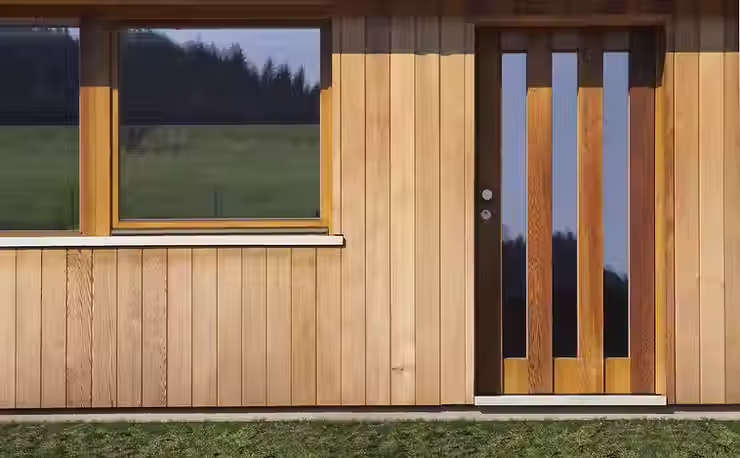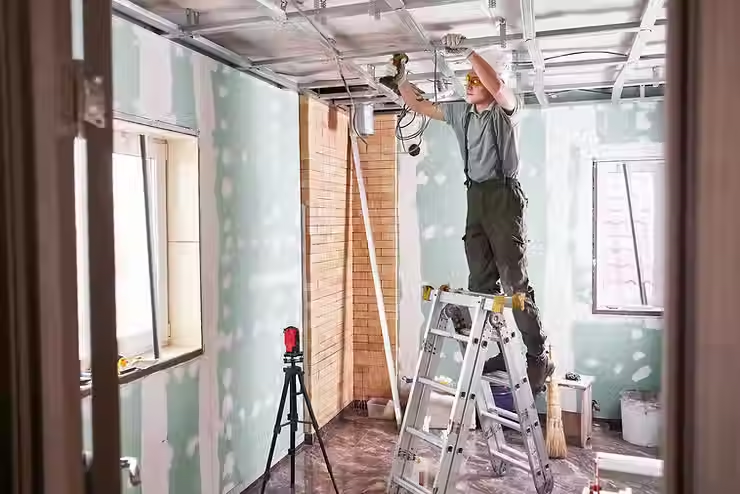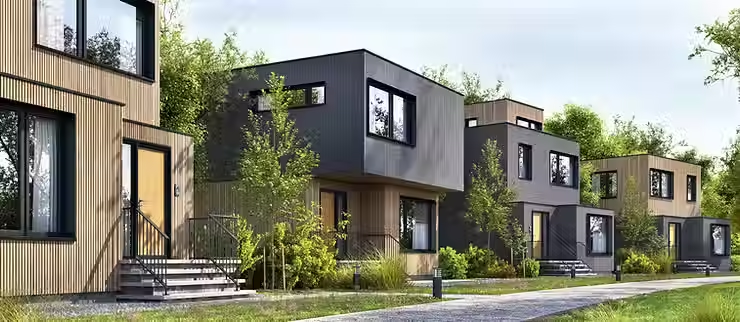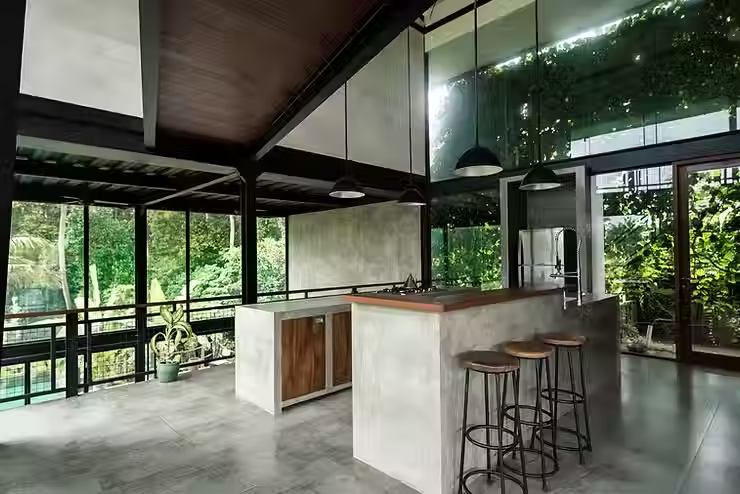Sustainable Building: The Future of Construction
- ealshafei
- Jun 18
- 2 min read

The construction industry is undergoing a transformative shift towards sustainability as architects, engineers, and developers prioritize eco-friendly building practices.
With environmental concerns growing and resources becoming scarcer, the need for sustainable construction has never been more urgent.
Today, sustainable buildings are not just a niche concept—they are a necessity, ensuring that our built environment minimizes its impact on the planet while enhancing the quality of life for its inhabitants.
Sustainable construction starts with energy-efficient designs.
Passive design strategies, such as optimizing building orientation, using high-performance insulation, and incorporating natural ventilation systems, reduce the reliance on artificial heating and cooling.
This not only lowers energy consumption but also creates a healthier and more comfortable living space. Green roofs, solar panels, and rainwater harvesting systems are becoming standard features in sustainable buildings, contributing to energy conservation and resource efficiency.
Material selection plays a crucial role in sustainable construction. Instead of traditional materials that deplete natural resources and generate high carbon emissions, modern projects incorporate recycled, renewable, and locally sourced materials.
Reclaimed wood, recycled steel, and low-impact concrete alternatives are widely used to reduce environmental harm while maintaining structural integrity. Furthermore, advances in modular and prefabricated construction allow for waste reduction by optimizing material use and minimizing on-site inefficiencies.
Beyond construction techniques, sustainable buildings emphasize long-term durability and adaptability.
A well-designed sustainable structure is built to last, reducing the need for frequent repairs and renovations.
Adaptive reuse projects, where existing buildings are repurposed instead of demolished, have gained popularity as a sustainable alternative that preserves resources while breathing new life into aging structures.
The transition toward sustainable construction is not just about environmental responsibility; it also offers significant economic benefits. Energy-efficient buildings lead to lower operational costs, while tax incentives and government regulations increasingly favor green-certified projects.
Homeowners and businesses alike are recognizing that sustainable buildings are not just an ethical choice—they are a smart investment in the future.
As the construction industry continues to evolve, sustainability will remain at the forefront of design and development.
The future of construction is one that harmonizes innovation, efficiency, and environmental consciousness, ensuring that the spaces we build today contribute to a greener, healthier world for future generations.





Comments